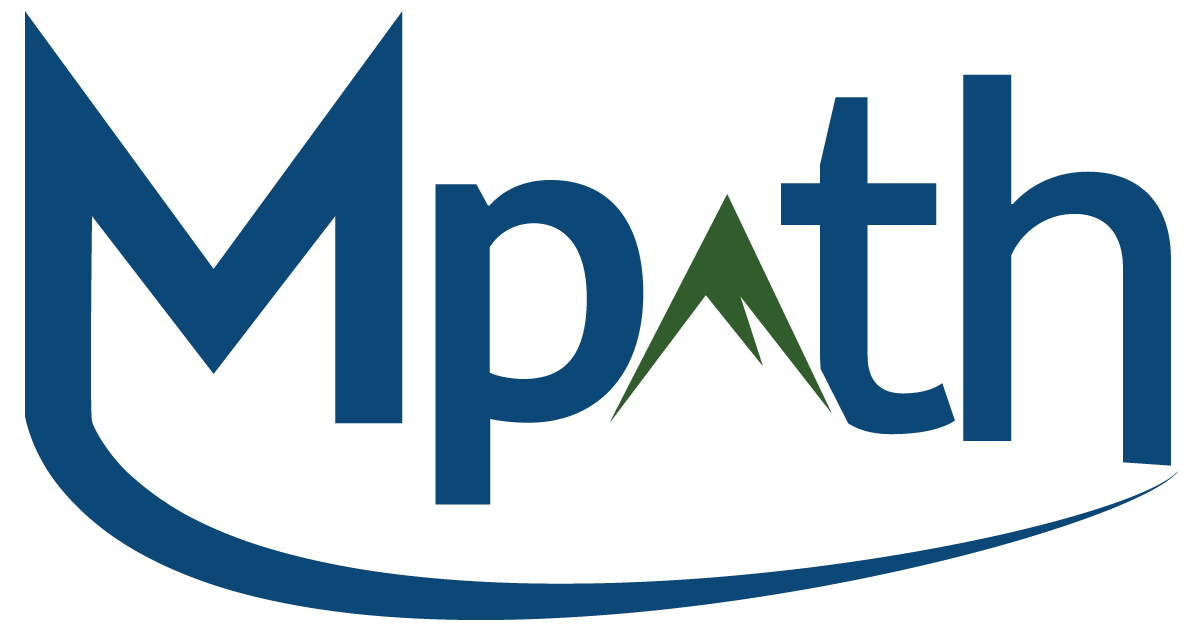Reflexology Helper Areas
Reflexology points are located throughout the body, but primarily on the feet, hands, and ears. While reflexology is a very safe technique, there are a few instances when you should not work on a reflex directly. Even when using gentle self-care techniques, never work over broken skin, recent injuries, bruising, or certain skin conditions. In these cases, you can still benefit from reflexology by using what are called helper areas (provided there are no other reasons why you should not be using reflexology).
The concept of helper areas in reflexology asserts that certain joints in the upper and lower body are related to one another. For example, the shoulders and hips correspond, as well as knees and elbows, ankles and wrists, etc. Similarly, there are also connections between the right and left sides of the body. You can reflex the left hand in order to promote a relaxing response in the right hand and vice versa, and the same holds true for the feet.
This provides much more flexibility to use reflexology for self-care in instances of recent physical trauma. For example, let’s say you are out for a hike and you sprain your left ankle. First and foremost, follow first-aid procedures and make sure you are not further endangering yourself or others, and do what you can to take care of the joint. Once first aid has been performed, you may still be dealing with some pain and this is where reflexology can come in handy. Ideally, if there is left ankle pain you would want to work the ankle reflexes on that side. However, in this instance you cannot do that due to the recent trauma. Instead, work both the ankle reflexes and the mirror image of the injured area on the opposite foot. Do the same thing on the left hand/wrist. To simplify: if the left ankle is injured, reflex the right foot and ankle, and the left wrist and hand.
Anecdotal evidence tells us that many people experience pain relief from reflexology without the side effects of more invasive procedures and medication. However, more research is needed to better evaluate reflexology’s role in pain management, long-term results, and physiological mechanisms involved in a reflexology session. At the very least, focusing on reflexing specific areas may provide a welcome distraction from the pain and can also be combined with mindfulness and meditation techniques.
What should you do once that acute pain is over? Follow your medical provider’s instructions, but also consider reaching out to a qualified reflexologist for follow-up sessions as well as instruction in self-care techniques. Mpath Well-being offers in-person reflexology sessions as well as expanded online services to meet your self-care needs wherever you are located.
